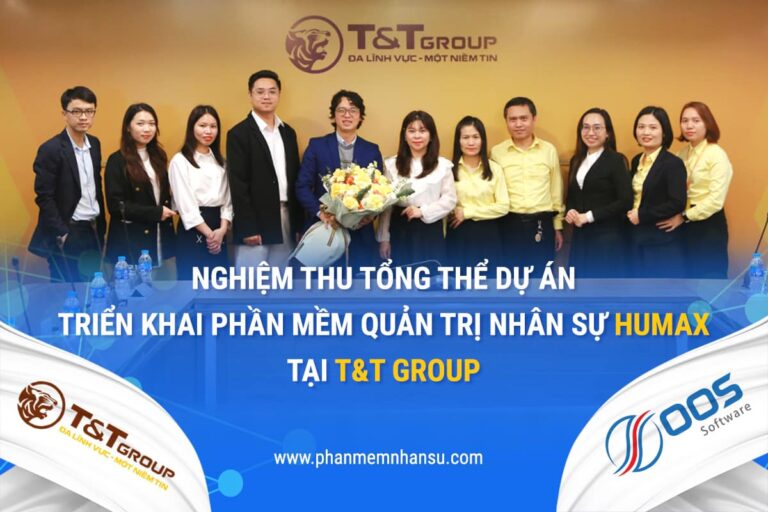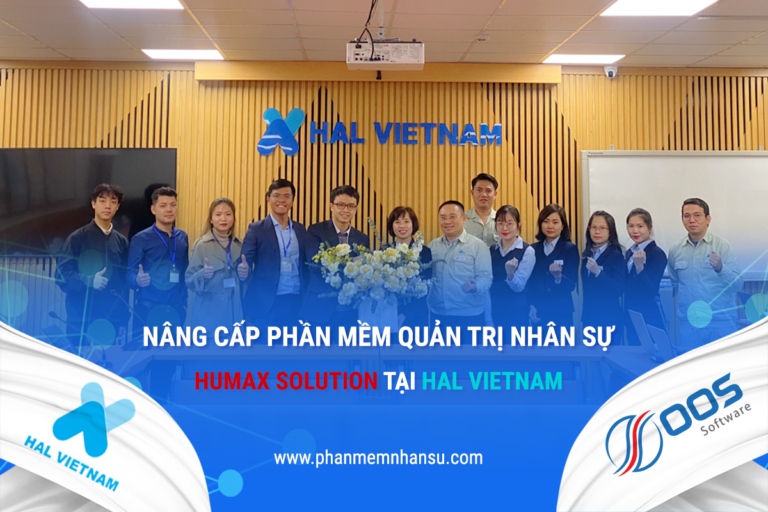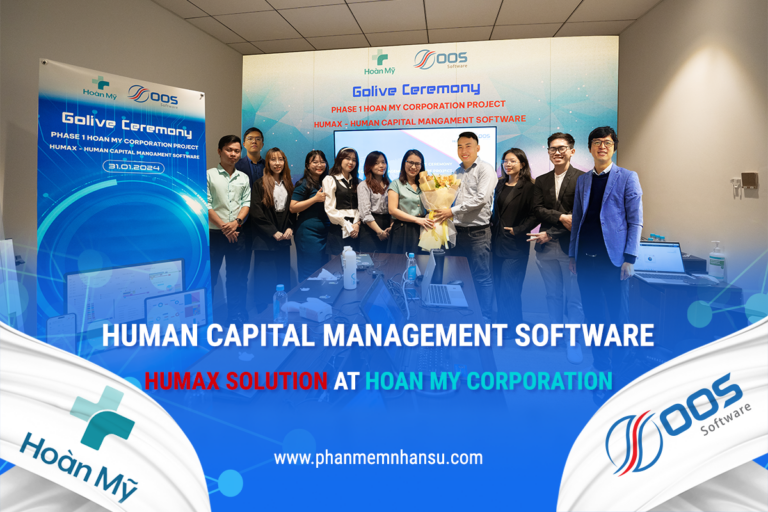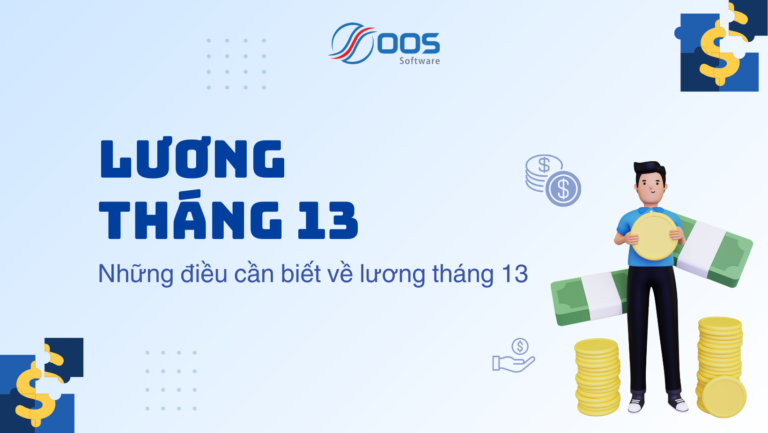Employees are the most important component of a company's assets, caring for them is caring for the survival of the business. How can businesses optimize training costs and time while ensuring that employees receive the training they need to succeed while minimizing the impact on the organization's bottom line? Achieving business goals and going further is always a difficult problem.
I. The need and importance of developing employee capacity
One of the top 5 HR trends in 2022 is “Develop and enhance staff skills flexibly”. According to the World Economic Forum, more than 1 billion people need to be retrained to keep up with the 4th technological revolution.
That is why most Vietnamese businesses have a need and are urgently promoting human resource training and capacity development for employees, but not all businesses are doing it well and Every method is effective, which then leads to the story that training costs are too high and take a lot of time.
“Why is it necessary to train and develop capacity for employees?” In fact, when a business is newly established, the need to train employees is an urgent and important task. Because even if a business has a sophisticated system of equipment, machinery, and techniques, without someone who knows how to control it, it will be useless. That's not to mention intangible operations such as management skills.
Understanding the importance of training and developing employee capacity will greatly support businesses such as:
- Improve working efficiency for employees
- Develop a team of quality employees
- Build employee trust and loyalty
- Create sustainable profits for businesses
- Building endless internal resources helps businesses improve their competitive position
See more: Human Resources Trends 2024
II. Enterprise training costs
During the training process, businesses can choose many different forms of training, depending on the company's size, needs and costs. But the most popular today will have 2 forms: Self-trained company for employees is on job training Or they would have to Outsource training for its employees is off the job training.
No matter which form a business chooses, it still has to pay some training costs such as:
- Management costs
- The cost of early employee turnover
- Costs arise due to low employee productivity
- Equipment costs
- Travel expenses
- Expenses incurred due to too many hours worked by supervisors
III. Optimal training and capacity development process for employees
The process of training and developing employee capacity will greatly contribute to the overall goals of the organization. Training programs need to be built systematically and consider the real needs of the business. And this process will be followed 3 stage: Training Needs Assessment Phase, Training Phase, and Evaluation Phase.

Training and capacity development process for employees
1. Training needs assessment phase
Determining training needs is determining when, in which departments, training is needed, what skills are trained, for what types of workers, and how many workers are trained. Therefore, it is necessary to assess needs to identify appropriate training needs that have not been met, at the same time to eliminate inappropriate training programs and understand the training objectives for the outlined programs. go out.
To determine the need for human resource training, it is necessary to start from assessing the employee's work performance as follows:
- Evaluate work performance
- Analyze and evaluate the causes of individual errors
- Overcome subjective factors
- Practical training needs
- Levels of needs assessment: Organizational analysis, Job analysis, Personnel analysis, Determining training goals
2. Training phase
After determining the training objectives, the next job to do is to choose training methods and apply training principles. For a training program to be effective, it must be designed based on a combination of the following methods and principles:
Method:
- On-the-job training: mentoring, learning, job guidance, job rotation and transfer,...
- Off-the-job training: organizing classes, sending to tutoring, conferences, etc.
Rule:
- Feedback principles
- Principle of consolidation
- Principles of practice
- Principle of suitability
- Principles of participation
- Application principles
To build a training program, it is necessary to choose training methods, means and training staff to suit the training subjects. Training programs must be consistent with the culture and values of the organization or business.
3. Evaluation phase
The final stage in the training cycle is to evaluate the training program to determine whether the training program meets the training objectives and changes in the effectiveness of the trained person. Assessment planning should begin at the same time as training planning. Evaluation should be conducted based on training programs and training objectives. Performance standards should be evaluated during and immediately after training.
Training programs can be evaluated in a number of ways such as:
- Poll the opinions of everyone interested in the training program (survey questionnaire)
- Communicate directly with newly trained people to get their opinions and assessments of the effectiveness of the training program
- Consult with department managers about the morale and attitude of subordinate employees after training.
- Compare newly trained people with untrained people
- Analyze the benefits and costs of the training program.
And the last thing that administrators need to do to complete the training needs assessment process is to revise the plan.
IV. Some methods to optimize training costs and time for businesses
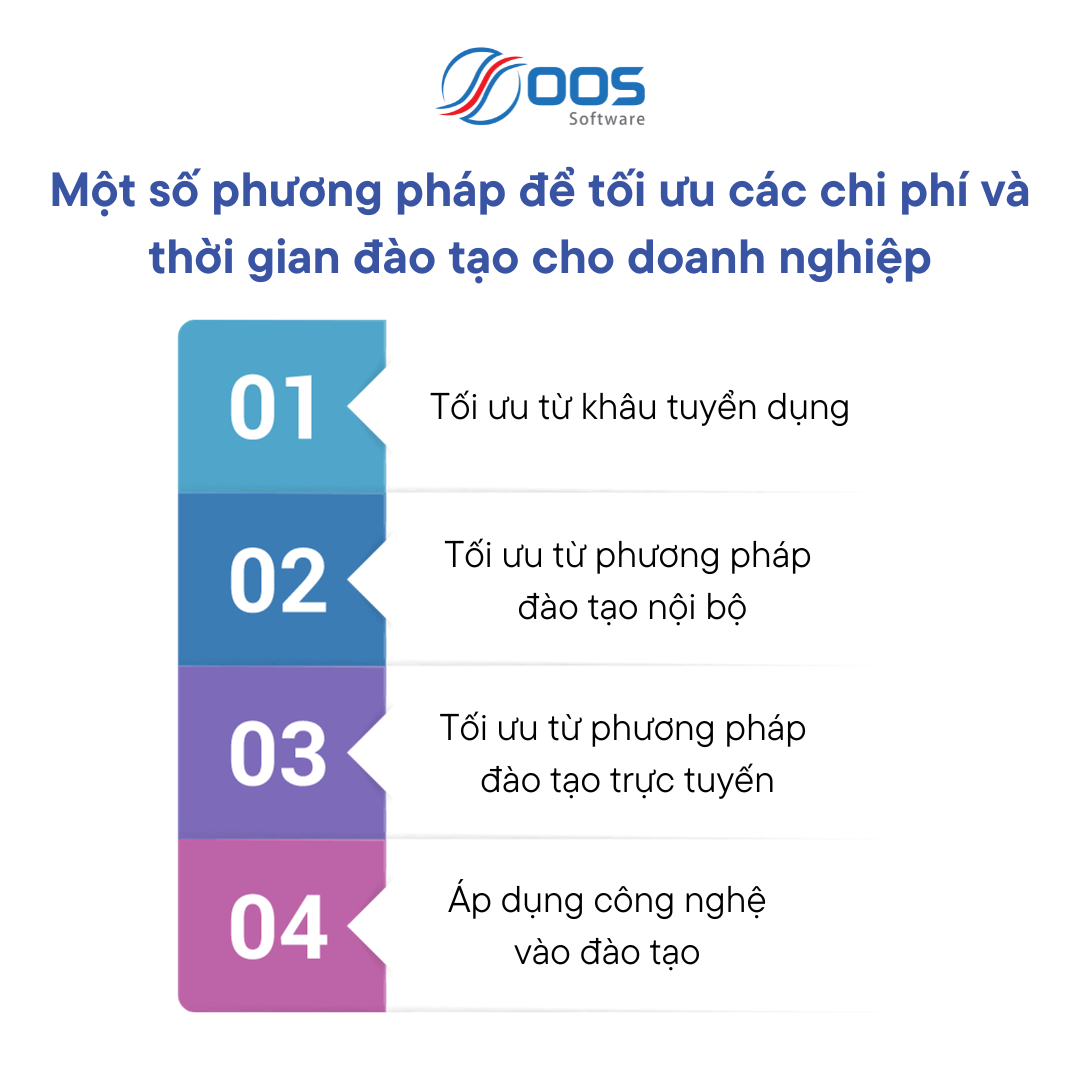
1. Optimize the recruitment stage
To be able to optimize right from the recruitment stage, managers need to ensure that they have a thorough recruitment plan. And if you want the human resources recruitment process to go smoothly and effectively, many businesses are currently applying the following solutions:
- Internal recruitment
- Recruit personnel from outside
- Recruitment through 3rd parties
- Social network application for recruitment
Recruiting enough employees is difficult, recruiting competent people who match the company's candidate profile is even more difficult. Recruiting personnel of both quality and quantity right from the beginning will be the first step to help businesses optimize time and costs for training and developing employee capacity.
2. Optimize internal training methods
Currently, there are many different training methods suitable for each size and need of each business, but internal training will be suitable for most businesses because the cost and time of this method are relatively small. relatively flexible. Especially the Buddy policy - 1-1 mentoring will help save a lot of time and avoid cases where new employees don't know who to ask.
Instead of hiring outside experts with extensive experience and specialized skills, you can take advantage of people inside your business to train new employees. This will help cut down on the heavy costs of hiring experts and paying them to teach. If you can find employees with the right experience to train other employees, the cost of paying them will be much lower.
3. Optimize online training methods
With the development of the 4.0 digital era, businesses apply information technology in education (Elearning online training management software) to carry out training work, minimizing class organization costs. traditional learning. eLearning is the perfect way to improve your training process using internal resources. Some ways you can replace expensive training events with these types of eLearning content:
- Video documents
- Webinars
- Online courses on the LMS learning management system
- Content created by internal staff
4. Apply technology to training
Maybe this method is not new, but not every business can do it. A quality reference source for those who are wondering and do not have a specific look at this method is OOS training and capacity development framework. OOS not only performs well in the role of providing and managing information but is also a tool to build training plans and improve employee quality such as:
- Empower employees to elevate themselves
- Develop training according to the competency framework of each position
- Forming a learning culture in businesses
- Monitor personnel training costs and commit to training reimbursement
See more: 7 steps to build a human resources development training process
Ending
Businesses are always looking for ways to increase revenue and reduce costs for business activities, one of which is training and developing employee capacity, because this is a significant investment for businesses. . Using OOS as a human resources management system will experience the benefits of an optimal training platform. That's why OOS is a modern LMS with powerful features and solutions for optimizing training costs and time, and developing capacity for your employees.
OOS Software has more than 10 years of accompanying many businesses and corporations. Contact now to Get Human Resources Software consulting for your Business.







